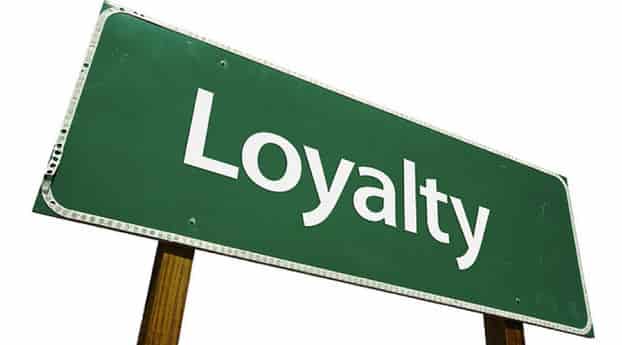Can You Use Reverse Logistics to Capture Repeat Customers?

Customers are fickle. Not only are they allowed to be that way, today’s ever-shifting marketplace almost encourages it. If a customer changes their mind on an item once it arrives on their front doorstep, they’ll send it back. All of that mind-changing necessitates a return management process. Many companies see returns as a hassle, but you know better. You understand that with a solid reverse logistics strategy, any customer can become a customer for life.
Customers like Hassle-free Returns
When a company forces a customer to jump through all kinds of rings of fire just to send back an item, it can seriously backfire on the company. The customer won’t feel good about the transaction even if every other aspect of their shipping process went smoothly.
Feelings, more so than even the product, can have more to do with why a customer will come back to a retailer. For example, imagine you go to two different restaurants and have to send your food back for an adjustment. In the first location the server takes care of your meal adjustment, no questions asked, and with a smile.
In the second place you get the same meal and the same mistake is made. Instead of the pleasant experience of the other restaurant, this time you get a cranky response and very little help. The server takes forever to get back to your table then says you’re stuck with what’s on your plate. That is, unless you want to go back to the kitchen, talk to the chef (whenever they happen to be available) and explain in detail what’s wrong with your food.
How Would you Feel About Both of these Experiences?
Customers like to do as little as possible when returning.
A customer isn’t concerned with the same issues as you when it comes to a return. However, when a customer makes a return, the company with the hassle-free policy will edge out their competition every time.
From your perspective, there’s a lot more involved in reversing the supply chain than what the customer sees. You need to consider transportation costs, the value of the returned goods, and if the item can be re-sold. A customer will focus on two things – how much do I have to do, and how much will it cost me to do it?
By integrating a return policy that gives the customer the easiest and least expensive answers to those two questions, they will develop good feelings about your company.
How Returns Encourage Long-term Loyalty and Repeat Customers
There’s a saying in the retail industry: “A satisfied customer is the best business strategy of all.” Satisfaction doesn’t stop after a customer makes their purchase. A logistics company like yours understands that returns can play a larger role in overall satisfaction.
In our restaurant example, the customer had one smooth return and one very challenging return. Which restaurant do you think they’re likely to go back to if they want to eat that meal again?
Having to make a return won’t deter them from going back to the first place because their overall experience was satisfying.
Every business has customers; yours are the suppliers you work with; a restaurant has individual patrons. Regardless of the type of customer, their needs are the same when a return is necessary.
If your customers are saving time and being treated with respect, they will become loyal patrons. Setting up your reverse logistics strategy to accommodate those customer needs means you will capture that loyalty and have a customer for life.
Image credit: Enrique Burgos



